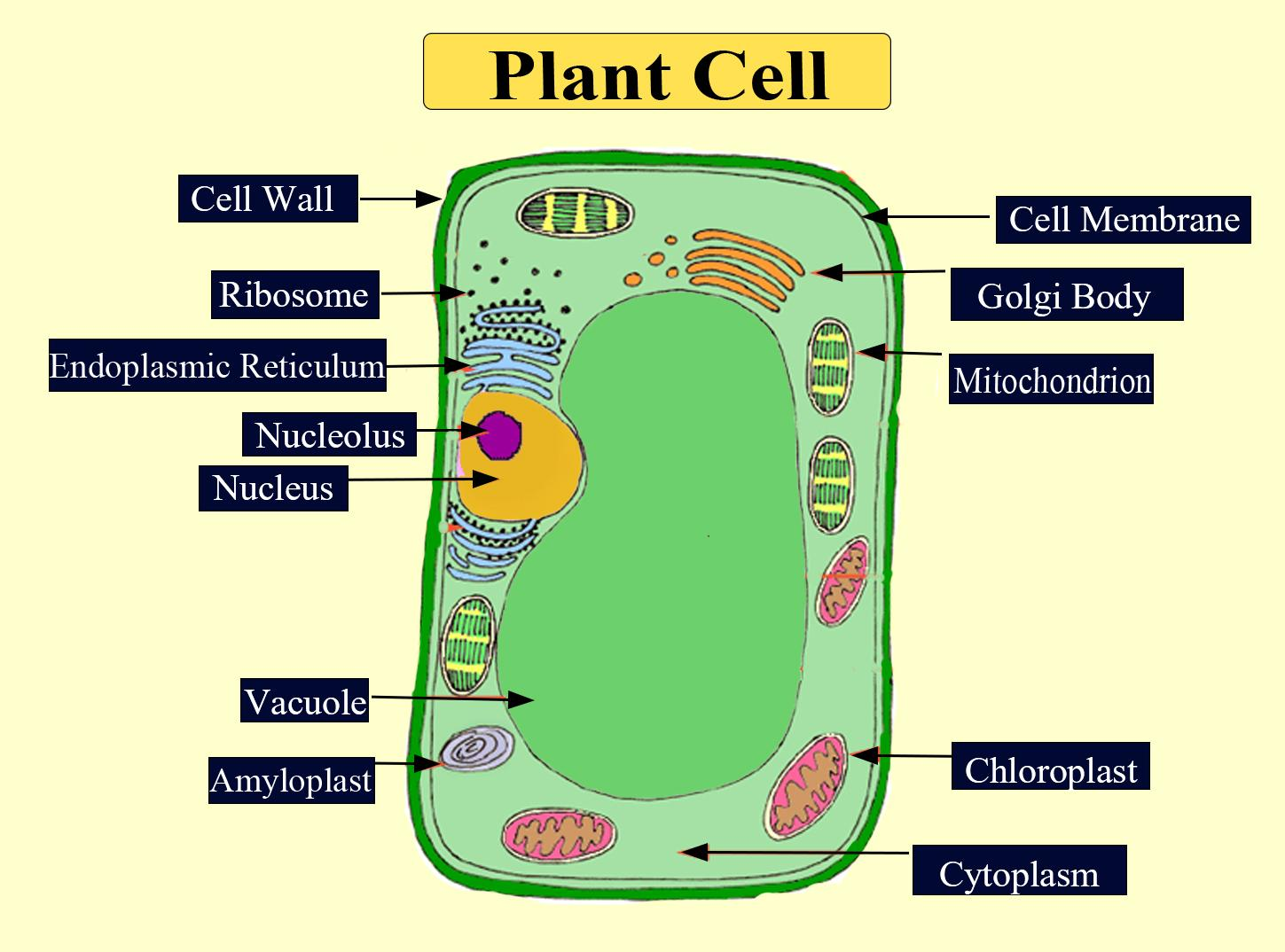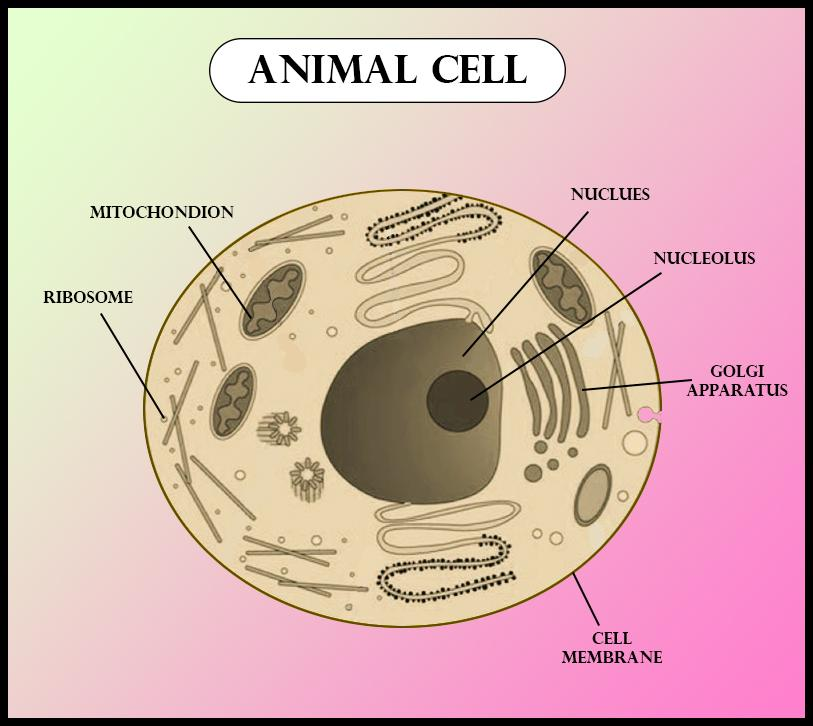
Make sketches of plant and animal cells. State three differences between them.
Answer
471.9k+ views
Hint: A plant cell is stationary and cannot locomote from one place to another in search of food or protection from predators or stresses, unlike animals. Nature has provided them with modifications to compensate for these shortcomings.
Complete step by step answer:


Additional Information:
- Chloroplast is an essential organelle for the plant to perform photosynthesis as it bears a pigment known as chlorophyll that converts the light energy into chemical energy and utilizes it to synthesize carbohydrates. These are abundant in aerial appendages such as leaves and stems. This pigment is also responsible for the green color of plants.
- As an animal cell does not have chloroplast, therefore they depend on plants for food.
- Vacuoles are single membrane- bound structures found in the cytoplasm. It contains water, sap excretory products, and other materials not useful for the cell. In animals, the contractile vacuole is present which performs the function of osmoregulation along with excretion.
- Due to the presence of a cell wall, a plant cell does not burst if placed in a hypotonic solution. This scenario persists in an animal cell only if it possesses a contractile vacuole, otherwise, it will burst.
Note:
- A plant cell also does not possess centrioles that are present in an animal cell.
- Centrioles are paired organelles from which spindle fibers arise during cell division. It is composed of microtubules. Centrioles along with the dense granular matrix surrounding it form a centrosome.
Complete step by step answer:
| Properties | Plant cell | Animal cell |
| Cell wall | The cell wall is present in plant cells. They are very tough, flexible, and rigid layers that surround the cell. | Animal cells don’t have cell walls and thus can change their forms. |
| Chloroplast | A plant cell possesses chlorophyll bearing chloroplasts. | An animal cell does not contain chloroplasts. |
| Vacuoles | A mature plant cell has a large central vacuole occupying 90% of its volume. | An animal cell has fewer small vacuoles. |


Additional Information:
- Chloroplast is an essential organelle for the plant to perform photosynthesis as it bears a pigment known as chlorophyll that converts the light energy into chemical energy and utilizes it to synthesize carbohydrates. These are abundant in aerial appendages such as leaves and stems. This pigment is also responsible for the green color of plants.
- As an animal cell does not have chloroplast, therefore they depend on plants for food.
- Vacuoles are single membrane- bound structures found in the cytoplasm. It contains water, sap excretory products, and other materials not useful for the cell. In animals, the contractile vacuole is present which performs the function of osmoregulation along with excretion.
- Due to the presence of a cell wall, a plant cell does not burst if placed in a hypotonic solution. This scenario persists in an animal cell only if it possesses a contractile vacuole, otherwise, it will burst.
Note:
- A plant cell also does not possess centrioles that are present in an animal cell.
- Centrioles are paired organelles from which spindle fibers arise during cell division. It is composed of microtubules. Centrioles along with the dense granular matrix surrounding it form a centrosome.
Recently Updated Pages
The correct geometry and hybridization for XeF4 are class 11 chemistry CBSE

Water softening by Clarks process uses ACalcium bicarbonate class 11 chemistry CBSE

With reference to graphite and diamond which of the class 11 chemistry CBSE

A certain household has consumed 250 units of energy class 11 physics CBSE

The lightest metal known is A beryllium B lithium C class 11 chemistry CBSE

What is the formula mass of the iodine molecule class 11 chemistry CBSE

Trending doubts
The reservoir of dam is called Govind Sagar A Jayakwadi class 11 social science CBSE

10 examples of friction in our daily life

What problem did Carter face when he reached the mummy class 11 english CBSE

Difference Between Prokaryotic Cells and Eukaryotic Cells

State and prove Bernoullis theorem class 11 physics CBSE

Proton was discovered by A Thomson B Rutherford C Chadwick class 11 chemistry CBSE




